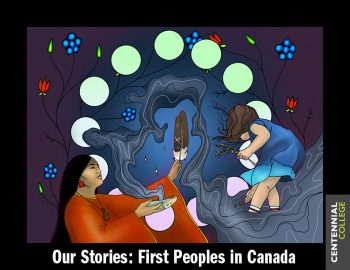
 Our Stories: First Peoples in Canada
Our Stories: First Peoples in Canada
Search the library website for other articles related to the experiences of children who attended residential schools. Try searching for a residential school name.